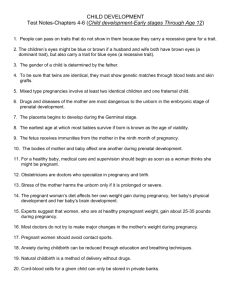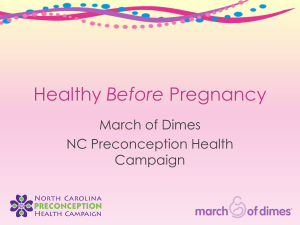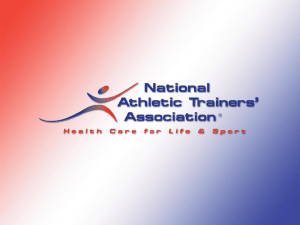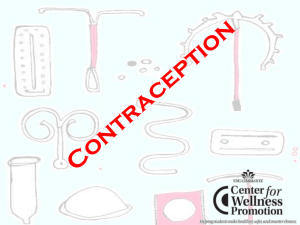Exercise With Pregnancy
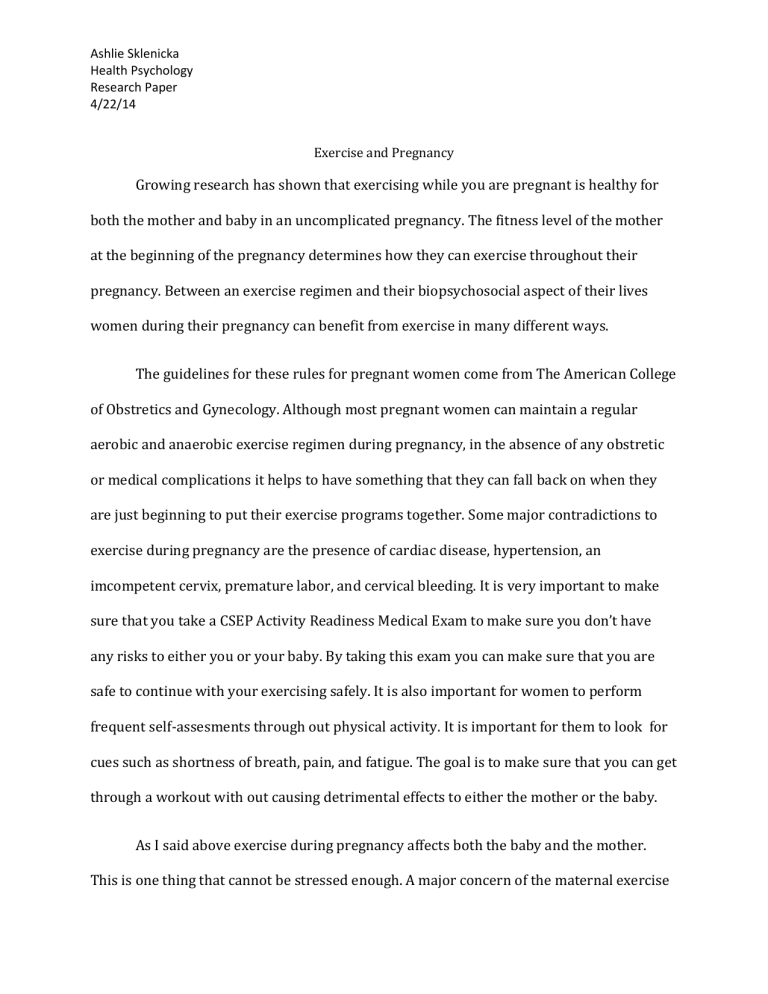
Ashlie Sklenicka
Health Psychology
Research Paper
4/22/14
Exercise and Pregnancy
Growing research has shown that exercising while you are pregnant is healthy for both the mother and baby in an uncomplicated pregnancy. The fitness level of the mother at the beginning of the pregnancy determines how they can exercise throughout their pregnancy. Between an exercise regimen and their biopsychosocial aspect of their lives women during their pregnancy can benefit from exercise in many different ways.
The guidelines for these rules for pregnant women come from The American College of Obstretics and Gynecology. Although most pregnant women can maintain a regular aerobic and anaerobic exercise regimen during pregnancy, in the absence of any obstretic or medical complications it helps to have something that they can fall back on when they are just beginning to put their exercise programs together. Some major contradictions to exercise during pregnancy are the presence of cardiac disease, hypertension, an imcompetent cervix, premature labor, and cervical bleeding. It is very important to make sure that you take a CSEP Activity Readiness Medical Exam to make sure you don’t have any risks to either you or your baby. By taking this exam you can make sure that you are safe to continue with your exercising safely. It is also important for women to perform frequent self-assesments through out physical activity. It is important for them to look for cues such as shortness of breath, pain, and fatigue. The goal is to make sure that you can get through a workout with out causing detrimental effects to either the mother or the baby.
As I said above exercise during pregnancy affects both the baby and the mother.
This is one thing that cannot be stressed enough. A major concern of the maternal exercise
Ashlie Sklenicka
Health Psychology
Research Paper
4/22/14 is the effect of the redistribution of blood flow away from the fetus during exercise.
Placental blood flow affects many factors including maternal weight and placental location.
When you exercise the shift in blood flow during exercise results in an increase in the fetal heart rate. Exercise can also improve the baby’s tolerance to stress before and during labor.
Maternal exercise during pregnancy has been shown to helop babies be more alert and readily self-quieted following birth. Research has also shown that fetal responses in postexercise help to decrease the vascular resistance and incrase the umbilical flow of thebaby.
Expected mothers should keep in mind that the goal of exercising during pregnancy is not to make fitness gains but to minimize losses. And as I mention before that the exercise program depends primarily on the woman’s level of fitness before the pregnancy.
Some recommended aerobic activities that are ood for pregnant women would include walking, stationary cycling, low impact aerobics, and swming. Balance is a big problem in pregnant women because the shift in the women’s center of gravity changes and with this causes changes in proprioception. This is why bicycling is not recommended during pregnancy because of the risk of falling. With aerobic training there is also resistance training that will help with pregnancy. Anaerobic interval training and training specific muscles actually helps women that are pregnant. Resistance training of the adductors, abductors, hamstrings, gluteals, and quadriceps actually prepare the muscles for their role in deliverying the baby. By doing these exercises it will help strengthen and tone the pelvic muscles and the muscles that hold the bladder and many other organs in place. It will also help the pregnant women become aware of the muscles and how they contract and relax so
Ashlie Sklenicka
Health Psychology
Research Paper
4/22/14 when they go into labor they can control everything easier. Pregnant women should avoid contact sports and high-risk activities at all cost. They should also avoid doing exercises in a supine position, especially after the first trimester, due to the weight of the baby compressing the inferior vena cava. By using these simple techniques a pregnant women can make sure that she is creating a healthy life for both her and her baby.
Along with the physical side of exercising there is also the biopsychosocial perspecvtive of it as well. Biopsychosocial is just the biological, psychological and social factors that one may deal with during a specific time. Women are very conscious of their weight whether it’s just gaining weight from eating and getting into the habit of eating unhealthy or if they are afraid of not being able lose weight after they have their baby. By working out it makes them feel as though they won’t get critizied for having their left over baby fat. They may feel insecure about it and try to hide it because it is difficult to lose that last bit. This is an example of the psychological aspect of it. The biological factor is more difficult to distinguish because being pregnant isn’t something that you can just inherit.
Although studies show that if you exercise while pregnant it stimulates the babies brain and can help make them smarter because of the blood flow that they are receiving. The social factors is having people around you that you interact with. You’re peers, parents, and husband can help motivate you and help keep you going while you are exercising during pregnancy. They can help watch for symptoms that may be harmful to the mother and keep you from going too far and pushing yourself too hard. Your social factors are very important because they are your motivators to keep you going and making sure that you and your baby are going to be healthy when the time comes to give birth. These
Ashlie Sklenicka
Health Psychology
Research Paper
4/22/14 biopsychosocial factors are huge in helping the mother be successful in her pregnancy and can help keep her and her baby safe as they go through their exercise regemins.
Exercising during pregnancy is probably one of the most healthiest things you can do for you and your baby. It will make the pregnancy either for both of you in both a physical and psychological way. It will make the mother feel better knowing that her baby is getting the thing it needs to be healthy along with feeling good about her self. The mother must remember that the goal of exercising during pregnancy is not to make fitness gains but to minimize losses. By choosing the correct exercises to fit her needs and her levels of activity she will be gaining the needs of her baby in all aspects both in the psychological and physical manner.


